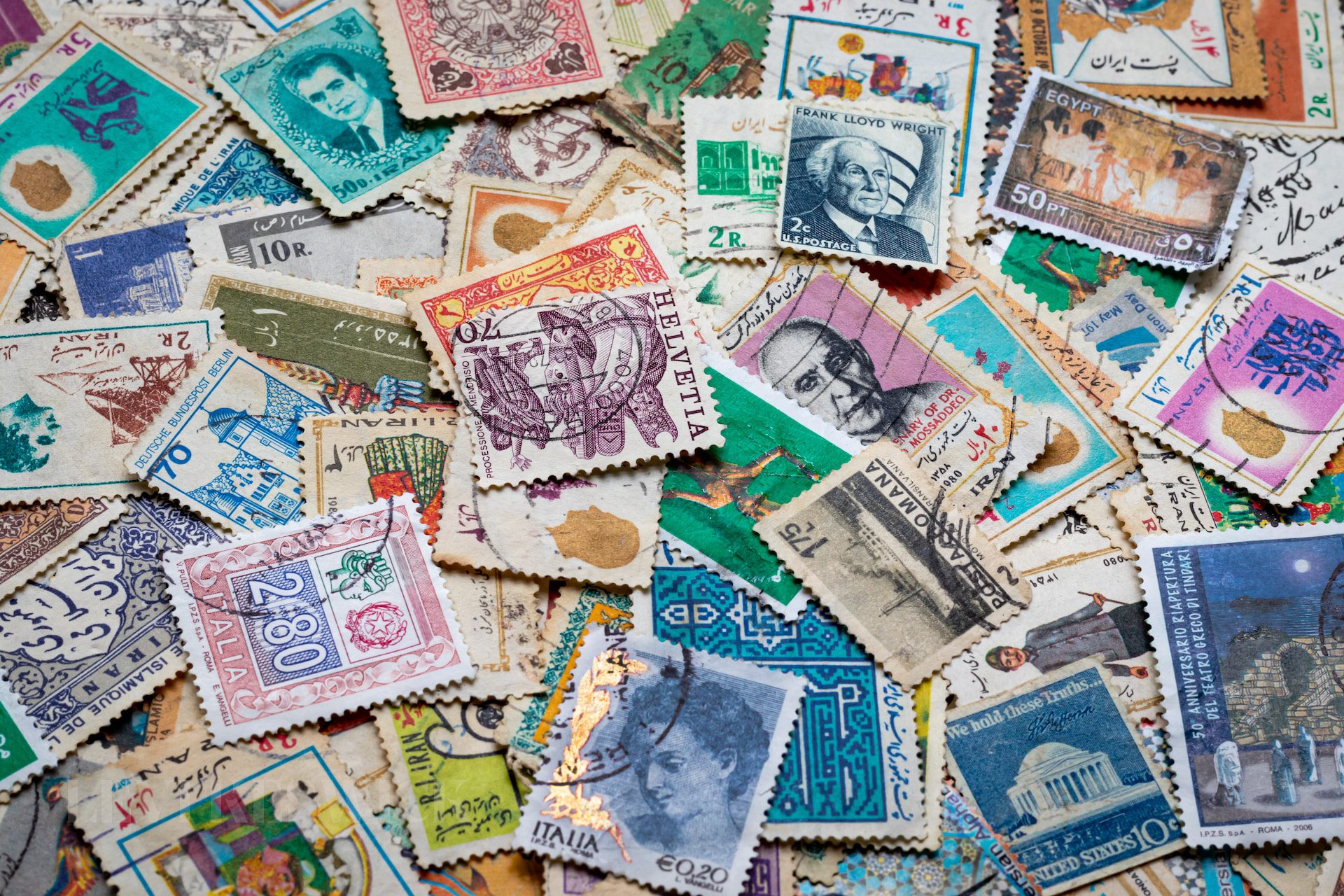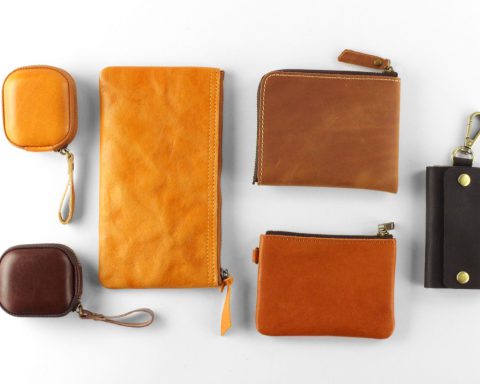Key Takeaways:
- Understanding the value of a 1 2 cent Benjamin Franklin stamp requires a detailed inspection of its specific features.
- Valuable versions of the 1 2 cent Benjamin Franklin stamp can sell for prices in the low six figures.
- Specific aspects such as ink color, perforation measurements, and dimensions of the printed design determine the stamp’s value.
- Authenticating your stamp through an expertizing service is recommended if it potentially matches one of the valuable varieties.
In Search of Philatelic Treasure: The 1 2 Cent Benjamin Franklin Stamp
With nearly 300 inquiries in 2018 alone about the 1 2 cent Benjamin Franklin stamps issued beginning in 1923, it’s clear that interest in this little stamp is on the rise. Its appeal lies in the possibility that it could be one of the very valuable versions of this design, which have sold for prices in the low six figures.
The world of stamp collecting, or philately, often hides rarities waiting to be discovered. However, genuine rarities are precisely that – rare. It’s essential to scrutinize your stamp carefully to determine its real worth. Here, we guide you through a step-by-step examination of these unique 1 2 cent Benjamin Franklin stamps.
The Initial Examination: Identifying Flat Plate Printings
First things first, turn the stamp over and look at its back. If you notice any green specks of ink, your stamp belongs to the flat plate printing category, specifically Scott 552, the unwatermarked 1 2 cent Franklin issued on January 17, 1923. As the most common of all the “penny Franklin” stamps, over four billion of these were issued.
If your stamp features horizontal or vertical coil designs, they are not the valuable versions of this denomination, so they can be eliminated from your search for rarities.
Gauging the Value: Perforations Matter
The next step involves measuring the perforations. Perforations that gauge 11 by 10½ indicate your stamp is Scott 632, a common rotary press-printed stamp produced in 1927, and it’s not the elusive rarity.
The real excitement begins if your stamp’s perforations measure 11 on all four sides. This critical measurement should lead you to check the dimensions of the stamp’s printed design.
Cross-Checking Dimensions: The Cross-Shaped Guide
To accurately detect the dimensions of your stamp, you need a reliable checking guide. Take a copy of the first stamp we eliminated (the unwatermarked flat plate-printed Franklin or Scott 552) and carefully cut a square out of each corner of the design. This will leave you with a cross-shaped checking guide, which can be used to measure the dimensions of your potential gem.
Use the cross-shaped checking guide over any other stamps of the same design that are not flat-plate printed. Due to the bending process, stamps printed from flat plates tend to be slightly longer in the direction they were bent, providing a key to identifying the less common and more valuable versions.
Measuring with Precision: Importance of a Quarter-Millimeter
In this pursuit, precision is paramount. The difference in the size of the designs between a flat plate-printed and a rotary press-printed 1 2 cent Franklin stamp is a mere ¼ millimeter. As minuscule as it may seem, this tiny distance can determine whether your stamp is a common find or a hidden treasure.
If your stamp fits the parameters of one of the valuable varieties after following these steps, it’s recommended to have it authenticated by a professional philatelic expertizing service. Be aware that there have been cases where these stamps have been altered to resemble the more valuable versions, so expert authentication is key.
Conclusion: The Value of a Penny Franklin Stamp
Despite the odds, the thrill of stamp collecting lies in the pursuit of rarities, and the potential windfall can be significant. After all, in the words of Benjamin Franklin himself, “A penny saved is a penny got.” The right 1 2 cent Benjamin Franklin stamp could be your next big find. One such stamp sold for $190,000 at the Siegel Galleries in New York City in 2018, illustrating that scrutinizing this 1-cent stamp can indeed pay big dividends.








